Leiria Talks 2024
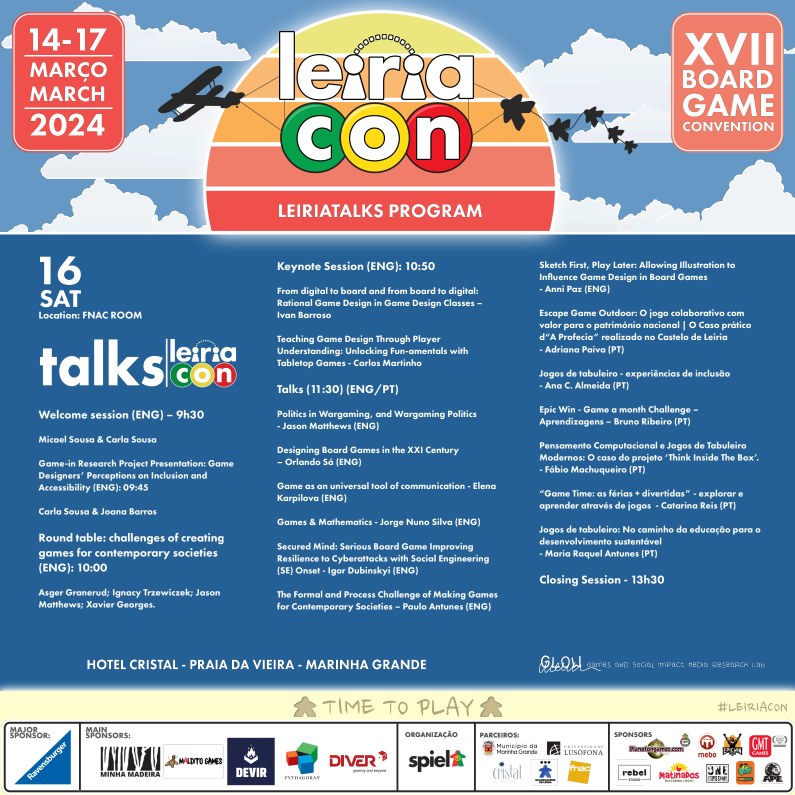
The call for papers for the special issue about this event is now open in the International Journal of Games and Social Impact (IJGSI). To access the call go here.
Videos of the conference will be available soon.

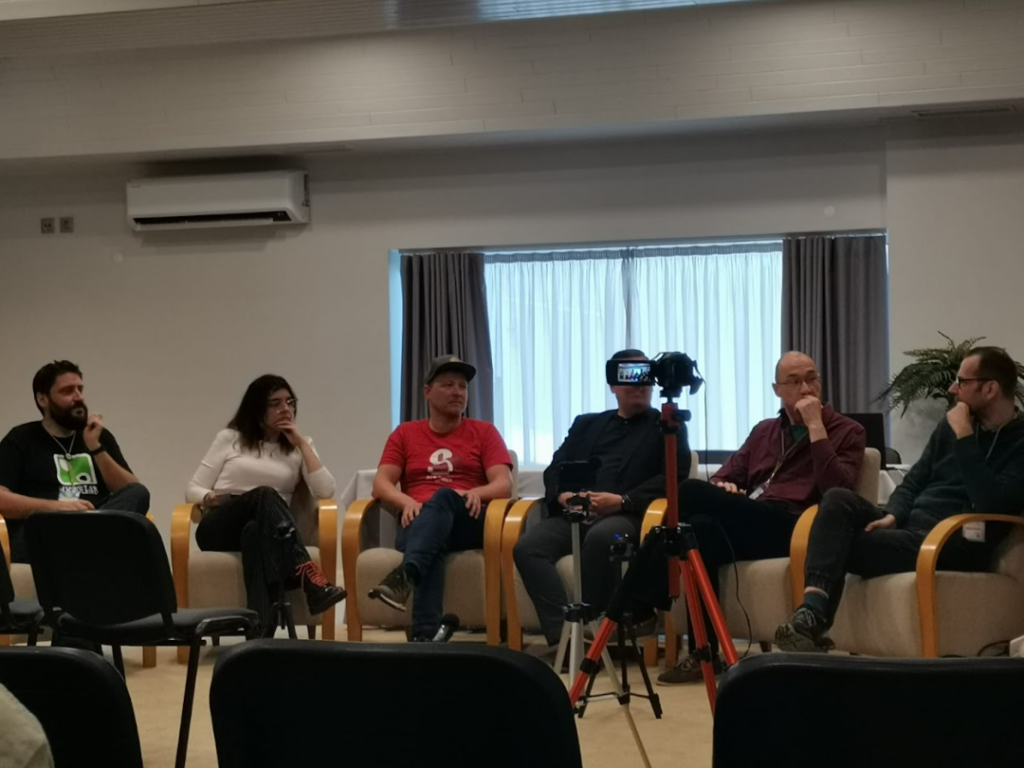
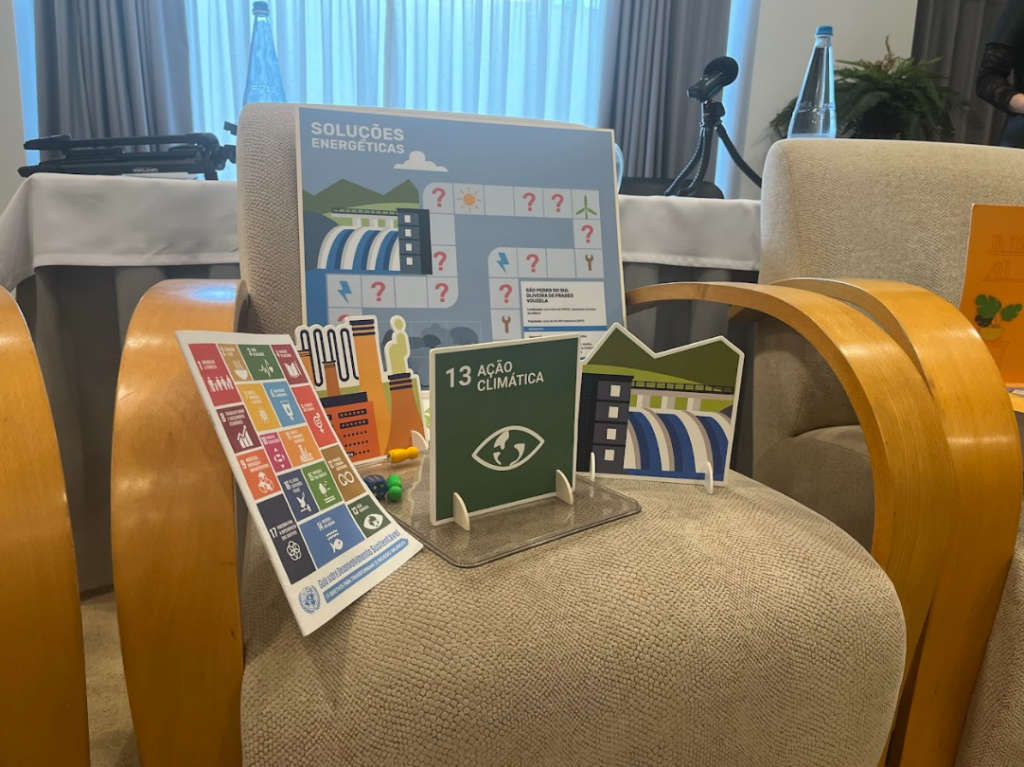
Written by admin on . Posted in Post.

The call for papers for the special issue about this event is now open in the International Journal of Games and Social Impact (IJGSI). To access the call go here.
Videos of the conference will be available soon.



Written by admin on . Posted in Post.
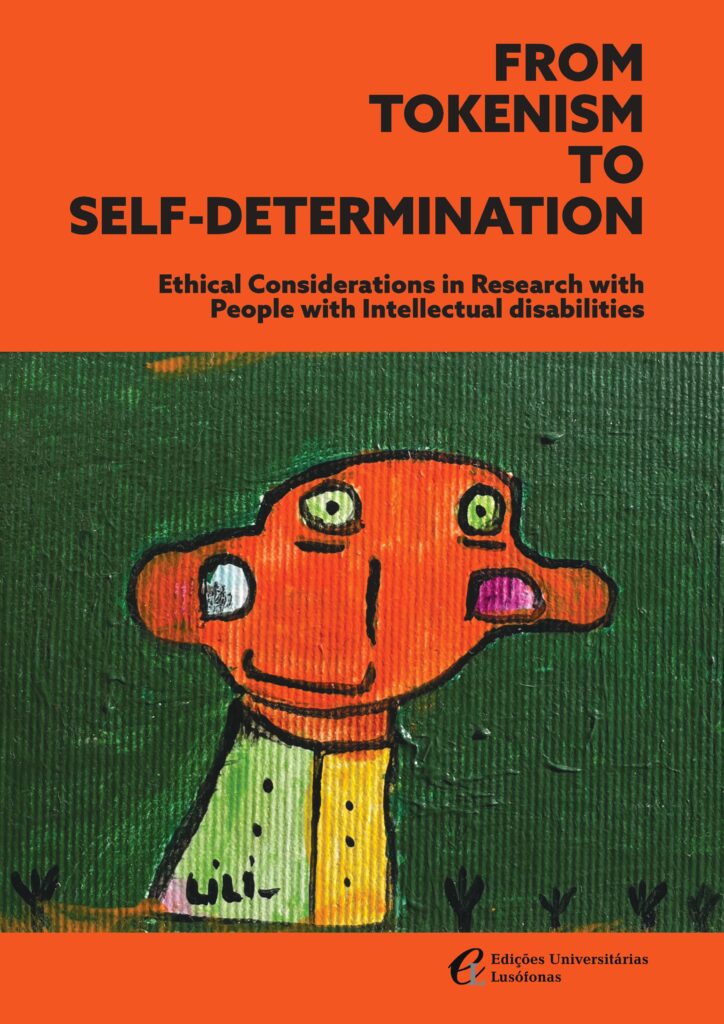
ISBN: 978-989-757-256-2 | https://doi.org/10.24140/gamein.02
Authors: C. Casimiro, C. Sousa, F. Luz, J. Oliveira, & A. Loureiro (2023)
Translators: P. Fernandes, C. Casimiro, J. Léste, C. Sousa, F. Luz
Throughout history, several moments guided the creation of ethical principles to combat abuses in scientific research with human beings. Starting in 1947, the Nuremberg Code was developed as an answer to the atrocities committed by nazi doctors during the Second World War and had the intention of protecting the autonomy and voluntary consent of the individual. The Declaration of Helsinki was developed in 1964 by the World Medical Association after they identified flaws in the Nuremberg Code and established basic principles related to clinical research, professional care, and nontherapeutic clinical research. The Declaration adds, among others, the introduction of consent via a third party, with legal faculties to authorize the participation of someone in a process of scientific research. During the following revisions to this Declaration, some points have been added regarding vulnerable groups and/or individuals, ethical committees, privacy, and confidentiality, among others.
When looking at the context of disability, in addition to the aforementioned ethical documentation, the assumptions of the “United Nations Convention on the Rights of Persons with Disabilities” have necessarily been taken into account since 2008. In particular, it postulates that the idea of “universal design” should guide the conceptualization of research processes and the creation of new products or technologies.
However, the application of these premisses to the specific context of People with Intellectual
disabilities (PwID) appears to still clash with socially stigmatizing views, strongly set on a medical
model of disability, that tend to take no notice of their participation and the value their contribution
can have for the scientific research as ethical imperatives.
In this sense, this document presents a conceptual model from which proposals for ethical guidelines
in research with PwID are devised.
The conceptual model, presented in Part II, consists of seven groups: (1) accessibility during the
research process, where topics such as reasonable adaptations, feasibility, diversity and representation,
good practices, and barriers are presented; (2) power imbalances, namely with regards to asymmetric
power, tokenism, and gatekeeping; (3) vulnerability, both as a form of exclusion and power, along
with the risks associated to it; (4) self-determination in scientific research, collaborative groups,
and consulting sessions; (5) (in)capacity to consent, specifically concerning ethical dilemmas,
fluctuating ability, risk perception and assessing the ability to consent; (6) informed consent,
especially to proximity, adaptations, and barriers; and, lastly, (7) methodological approaches, about
ethical challenges posed by it and the opportunities it brings.
After a detailed description of the thematics inherent to each group, in Part III of the document,
it is possible to find, summarily, the proposed guidelines, written to facilitate operationalization in
planning a research design.
It is important to mention that the proposed guidelines were converted to accessible language and
empirically validated in partnership with portuguese PwID. In these sense, the validation was only
done for the portuguese version of the guidelines.

Written by admin on . Posted in Post.
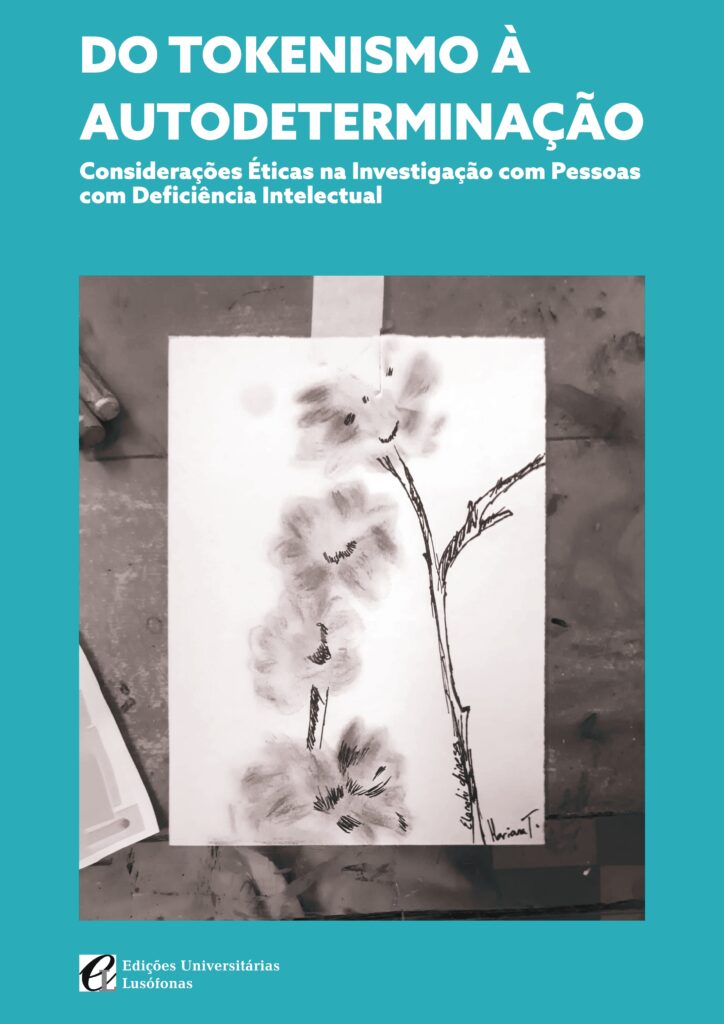
ISBN: 978-989-757-257-9 | https://doi.org/10.24140/gamein.01
C. Casimiro, C. Sousa, F. Luz, J. Oliveira, & A. Loureiro (2023)
Ao longo da história foram vários os momentos que nortearam a criação de princípios éticos para a investigação científica com seres humanos, de forma a combater abusos. Iniciando-se em 1947, o Código de Nuremberga foi desenvolvido após as atrocidades cometidas por médicos nazis durante a Segunda Guerra Mundial e protege a autonomia e o consentimento voluntário da pessoa. A Declaração de Helsínquia, constituída em 1964, foi desenvolvida após a Associação Médica Mundial notar falhas no Código de Nuremberga e estabelece princípios básicos relacionados com a investigação clínica e o
cuidado profissional e a investigação clínica não terapêutica. A Declaração acrescenta, entre outros, a introdução do consentimento por outrem, com habilitação legal para autorizar a participação de outra pessoa num processo de investigação científica. Durante as subsequentes revisões desta declaração, já foram adicionados pontos relativos a grupos e/ou indivíduos vulneráveis, comitês de ética, privacidade, confidencialidade, entre outros.
Ao observarmos o contexto da deficiência, à documentação ética mencionada, junta-se necessariamente, e desde o ano de 2008, os pressupostos da Convenção sobre os Direitos das Pessoas com Deficiência da Organização das Nações Unidas (ONU). Em particular, no que se refere à ideia de “desenho universal” que esta postula, enquanto devendo nortear a concetualização dos processos de investigação e de criação de novos produtos ou tecnologias.
No entanto, a aplicação destas premissas ao contexto específico das Pessoas com Deficiência Intelectual, em particular, parece ainda embater em visões sociais estigmatizantes, fortemente assentes num modelo médico da deficiência, que tende a descurar a participação das mesmas e o valor do seu contributo para a investigação científica enquanto imperativos éticos. Neste sentido, o presente documento apresenta um modelo conceptual e as propostas de guidelines éticas que dele decorreram para a investigação com Pessoas com Deficiência Intelectual. O modelo conceptual, exposto na parte dois, agrega-se em sete grupos: (1) acessibilidade do processo de investigação, onde se abordam temas como adaptações razoáveis, exequibilidade, diversidade e representatividade, boas práticas, e barreiras; (2) os desequilíbrios de poder, nomeadamente relativos ao poder assimétrico, tokenismo e gatekeeping; (3) vulnerabilidade, enquanto forma de exclusão e de poder e os risco a si associados; (4) autodeterminação relativa à investigação científica, grupos colaborativos e a sessões de consultoria; (5) incapacidade para consentir, especificamente sobre os dilemas éticos, flutuações de capacidade, perceção de risco e avaliação da capacidade para consentir; (6) consentimento informado, em relação à proximidade, adaptações e barreiras; e, por fim, (7) abordagem metodológica, no que concerne aos desafios éticos colocados pela mesma e as oportunidades que dela advêm.
Após uma descrição detalhada sobre as temáticas inerentes a cada grupo, na parte três do documento, é possível encontrar, de modo sistematizado, as propostas de guidelines, escritas tendo em vista uma operacionalização facilitada no planeamento de um desenho de investigação.
É importante relevar que, como próximos passos, as propostas de guidelines serão convertidas em linguagem acessível, por forma a serem validadas empiricamente junto de Pessoas com Deficiência Intelectual.

Written by admin on . Posted in Post.
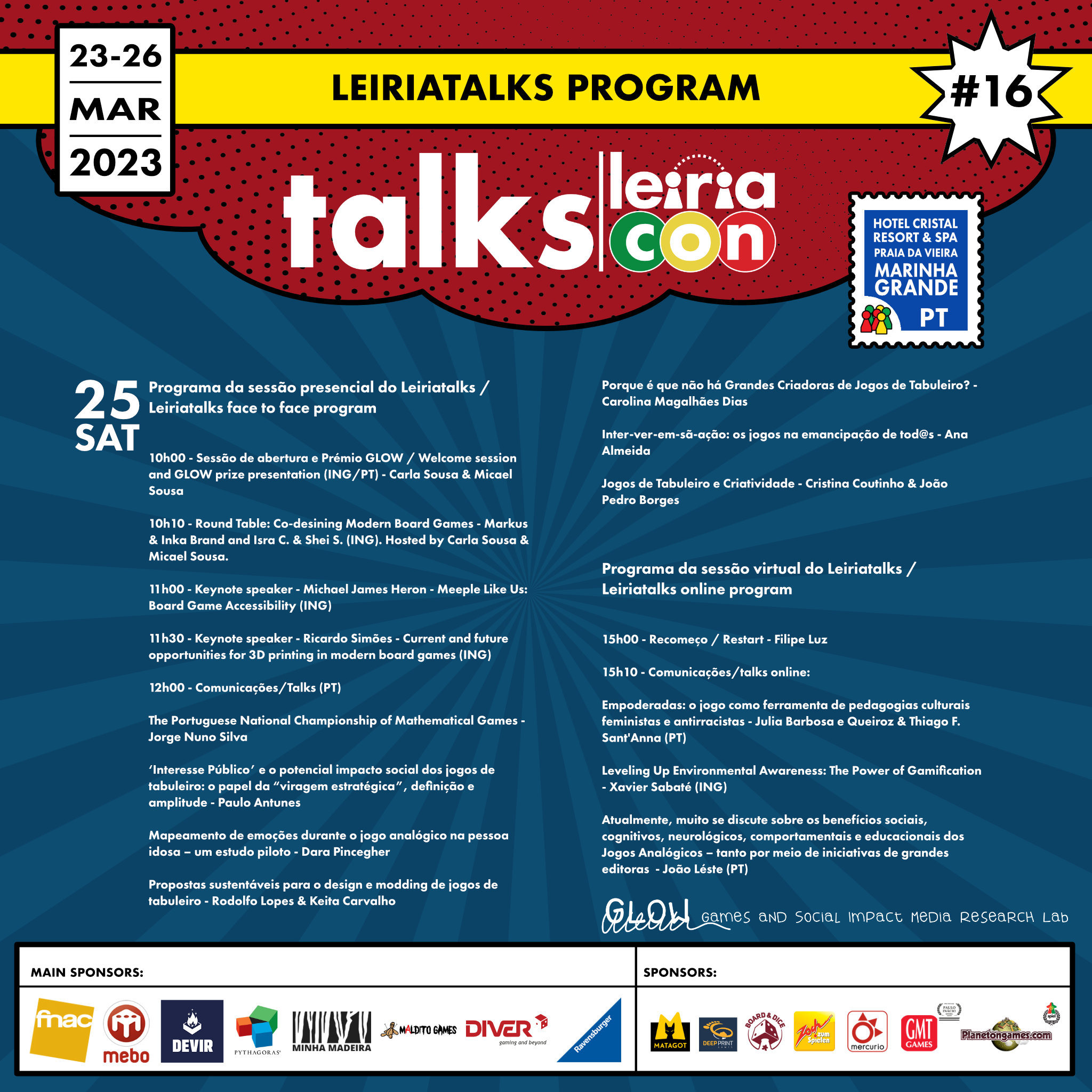
Read the special issue that resulted from this event in the International Journal of Games and Social Impact (IJGSI) here.
Written by admin on . Posted in Post.
Gerda Sula – Faculty of Social Sciences, Department of Pedagogy and Psychology, University of Tirana, Albania [ORCID: https://orcid.org/0000-0001-7977-3249]
Abstract
This chapter explores the pivotal role of assistive technologies in advancing empowerment and inclusion for individuals with disabilities. With over 1.3 billion people globally living with disabilities, this chapter emphasizesthe urgency of breaking down historical barriers and enabling equal participation. Assistive technologies, ranging from basic aids to advanced innovations, are powerful equalizers that enhance functional capabilities and promote independence. They play a transformative role in education, employment, and social engagement, ensuring that individuals with disabilities can access quality education, join the workforce, and connect with their communities.The chapter underscores key best practices, including user-centered design, adherence to accessibility standards, continuous improvement, training and support, and fostering collaborations among stakeholders. These practices are essential in realizing the full potential of assistive technologies and ensuring they become an integral part of an inclusive society. Embracing these best practices unlocks the unique abilities of individuals with disabilities, empowering them to contribute meaningfully to their communities and create a better world for all. Policymakers, educators, employers, and society at large must recognize the significance of assistive technologies and invest in their development and widespread adoption to build a truly inclusive future.
Keywords: Assistive Technologies; Inclusion; Empowerment; Disabilities; Best Practices.
Cite as: Sula, G. (2023). Building an Inclusive Future: Empowering Through Assistive Technologies. In C. Sousa, & A. H. Tkaczyk (Eds.), Media Literacy and Assistive Technologies for Empowerment in Autism (pp. 167-176). Edições Universitárias Lusófonas. https://www.doi.org/10.24140/asdigital.v1.p02.11
Written by admin on . Posted in Post.
Patricia Pérez-Fuster – Universitat de València, Spain [ORCID: https://orcid.org/0000-0001-6525-9847]
Gerardo Herrera – Universitat de València, Spain [ORCID: https://orcid.org/0000-0002-6855-0143]
Abstract
With the rapid advance of technological developments and the ongoing increase in the number of studies that evaluate the efficacy of its use in autistic people, the need arises to do so with increasing scientific rigor and provide researchers and participants (e.g., professionals and families) in these studies with a framework that guides them in this practice. This chapter presents a ten-steps best-practice guide to successfully implement intervention studies that are aimed at improving skills in autistic people and use digital technologies. Key aspects such as selecting the most appropriate technology or applying the most suitable research design are included in the guide, which is based on the authors’ perspective to empower autistic people and professionals who work with them, with the ultimate aim of bridging the gap between science and practice. This guide is especially valid for studies aimed at autistic people who also have intellectual disability, as in every step, the needs of this vulnerable collective are considered.
Keywords: Intervention Studies; Autistic Individuals; Digital Technologies; Natural Settings; Best Practices.
Cite as: Pérez-Fuster, P., & Herrera, G. (2023). Implementing Intervention Studies with Autistic People and Digital Technologies in Natural Settings: a Guide to Best Practice. In C. Sousa, & A.H. Tkaczyk (Eds.), Media Literacy and Assistive Technologies for Empowerment in Autism (pp. 158-166). Edições Universitárias Lusófonas. https://www.doi.org/10.24140/asdigital.v1.p02.10
Written by admin on . Posted in Post.
Cátia Casimiro – Lusófona University, CICANT, Portugal [ORCID: https://orcid.org/0000-0002-5606-5474]
Abstract
The following chapter aims to address the potential that assistive technologies can have in facilitating the participation of neurodivergent individuals in participatory research. Considering that their participation can help them to have meaningful participation in society, equal opportunities, advocate for their rights, show their point of view, and be valued as important and active members of society, it is crucial to have their presence when research impacts them directly. When recruiting this specific group of people is crucial to respect their self-determination and have accessibility as the front and center of the research. The use of assistive technologies can prove to be a great resource to facilitate interpersonal communication between the researchers, the consultants, and the participants, as well as to obtain informed consent or assent. Although there is some research developed about the barriers faced before, during, and after the whole research timeline, there is not enough when it comes to the role that assistive technologies can have in mitigating these barriers.
Keywords: Participatory Research; Neurodiversity; Assistive Technologies; Informed Consent; Accessibility and Inclusivity
Cite as: Casimiro, C. (2023). Enhancing Participatory Research with Neurodiverse Individuals: The Potential Role of Assistive Technologies in Facilitating Informed Consent. In C. Sousa, & A.H. Tkaczyk (Eds.), Media Literacy and Assistive Technologies for Empowerment in Autism (pp. 147-157). Edições Universitárias Lusófonas. https://www.doi.org/10.24140/asdigital.v1.p02.09
Written by admin on . Posted in Post.
Saime Arslan – Department of Computer Education and Instructional Technologies, Fırat University, Türkiye [ORCID: https://orcid.org/0000-0002-0404-716X]
Abstract
The aim of this section is to examine the research on virtual reality (VR) technology used in teaching independent living skills to individuals with Autism Spectrum Disorder (ASD). Recently, an increasing number of studies have been trying to find the best way to teach independent living skills to individuals with ASD and use technology-assisted intervention methods, which is one of the effective evidence-based practices. As one of these technologies, VR can facilitate the learning of individuals with ASD due to its features such as a high degree of interaction and immersion, controlling confusing stimuli from the environment and allowing students to learn while playing. In the examination, it is seen that individuals with ASD are taught mostly driving skills, fire and hurricane protection skills, and job interview skills through VR. For this reason, it is thought that there is a need to investigate how, in which contexts and with what kind of support VR technologies will be effective and productive in teaching independent living skills to individuals with ASD.
Keywords: Virtual Reality; Independent Living Skills; Autism Spectrum Disorder; Technology-Assisted Intervention; Immersive Learning.
Cite as: Arslan, S. (2023). A Study on the Use of Virtual Reality in Teaching Independent Living Skills to Individuals with Autism Spectrum Disorder. In C. Sousa, & A.H. Tkaczyk (Eds.), Media Literacy and Assistive Technologies for Empowerment in Autism (pp. 137-146). Edições Universitárias Lusófonas. https://www.doi.org/10.24140/asdigital.v1.p02.08
Written by admin on . Posted in Post.
Isabel Trancoso – LASIGE, Faculdade de Ciências, Universidade de Lisboa, Portugal [ORCID: https://orcid.org/0009-0000-5318-1691]
Soraia M. Alarcão – LASIGE, Faculdade de Ciências, Universidade de Lisboa, Portugal [ORCID: https://orcid.org/0000-0002-0794-2979]
Abstract
This chapter aims to describe how Psychomotricity can be beneficial for children with ASD through the use of ATs. We present a practical case of a seven-year-old girl whose main difficulties were establishing friendships and regulating her emotions, namely her aggressiveness. The results obtained after six months of follow-up revealed that the girl’s interactions with peers and family, her academic performance, and her ability to participate in group activities improved as her communicative skills were progressively encouraged. Although ATs were not used in this practical case, we suggest adapting the instruments used, hypothesizing that their use will be even more beneficial in intervention with children with ASD in the context of Psychomotricity.
Keywords: Assistive Technologies; Psychomotricity; Autism Spectrum Disorder; Communication Skills; Intervention Adaptation.
Cite as: Trancoso, I., & Alarcão, S. M. (2023). Assistive Technologies in Psychomotricity Sessions with Children Diagnosed with Autism Spectrum Disorder. In C. Sousa, & A.H. Tkaczyk (Eds.), Media Literacy and Assistive Technologies for Empowerment in Autism (pp. 130-136). Edições Universitárias Lusófonas. https://www.doi.org/10.24140/asdigital.v1.p02.07
Written by admin on . Posted in Post.
Aditi Gandotra – Department of Personality and Health Psychology, Eötvös Loránd University; and Department of Affective Psychology, Eötvös Loránd University, Budapest, Hungary [ORCID: https://orcid.org/0000-0003-1167-0395]
Renata Cserjesi – Department of Affective Psychology, Eötvös Loránd University and Institute of
Psychology, ELTE Eötvös Loránd University, Budapest, Hungary [ORCID: https://orcid.org/0000-0001-9369-7334]
Abstract
There is an increasing demand for the identification of biomarkers and symptoms associated with Autism spectrum disorder (ASD) to enable its early detection. Substantial evidence indicates that individuals with ASD often experience motor skills impairments encompassing challenges with gross motor skills, fine motor skills, and gait-related issues. Nevertheless, conventional assessment methods for evaluating these motor skill deficits have proven ineffective for assessing children with ASD for various reasons. In view of this, the present chapter focuses on elucidating the utilization of technology-assisted approaches in the early detection of ASD. Research has demonstrated that wearable devices, video analysis, and sophisticated algorithms can deliver objective measurements, facilitate early intervention, and empower individuals with ASD. These findings highlight that technology possesses the potential to revolutionize the early detection and management of ASD, ultimately improving the quality of life for those affected by the disorder.
Keywords: Technological Innovations; Motor Impairments; Autism Spectrum Disorder; Early Detection; Wearable Devices.
Cite as: Gandotra, A., & Cserjesi, R. (2023). Technological innovations for assessing motor impairments in autism spectrum disorder. In C. Sousa, & A.H. Tkaczyk (Eds.), Media Literacy and Assistive Technologies for Empowerment in Autism (pp. 121-129). Edições Universitárias Lusófonas. https://www.doi.org/10.24140/asdigital.v1.p02.06
[GameIN] Games Inclusion Lab: Participatory Media Creation Processes for Accessibility